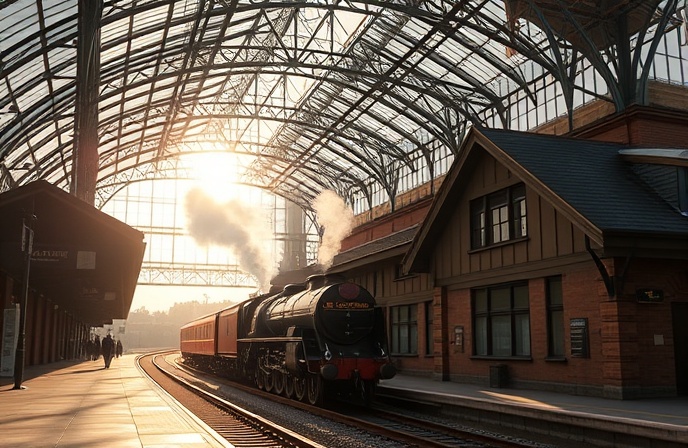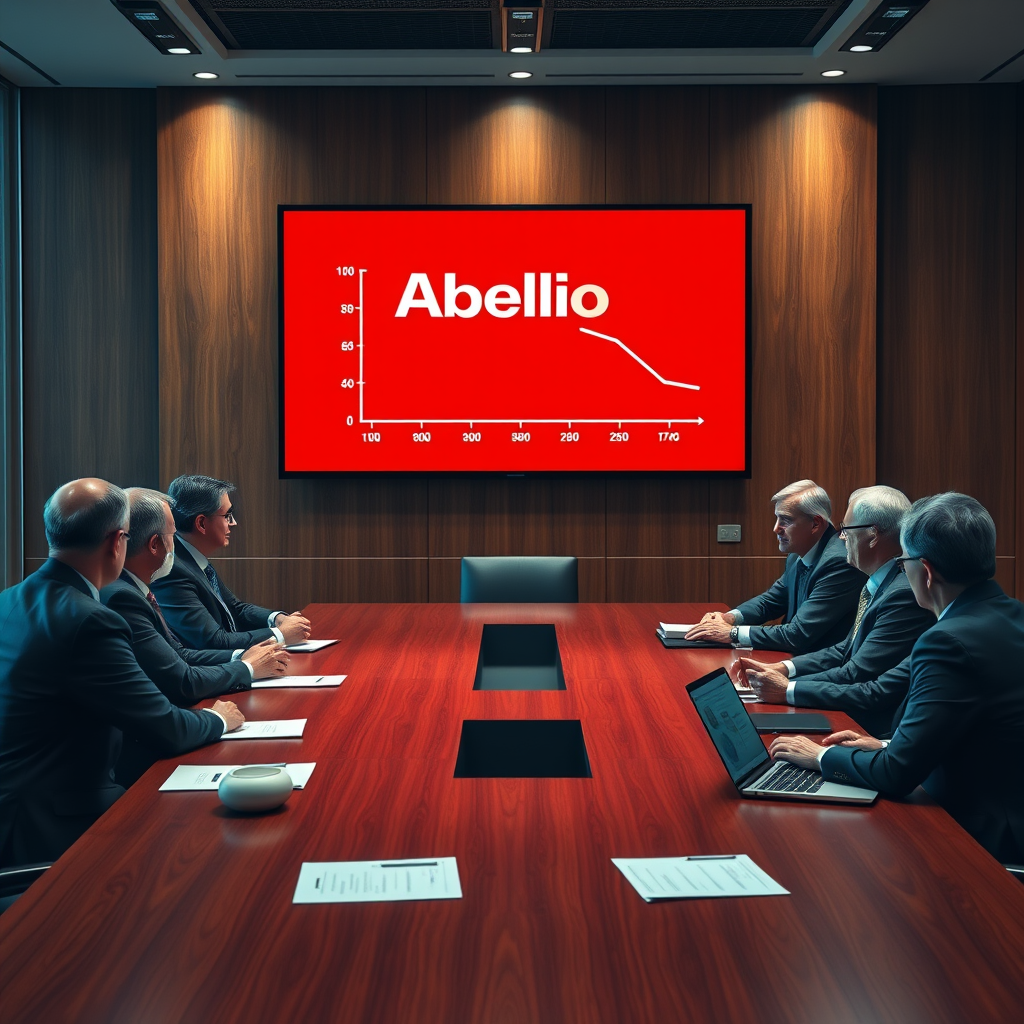HS2 Cost Crisis: Saving Billions, Not Speed
HS2 costs spiraling? Discover how revised speed limits, terminus changes, and Northern Powerhouse Rail integration can deliver a more cost-effective and equitable high-speed rail network.

Cost Control Measures for the High-Speed 2 (HS2) Rail Project: A Critical Analysis
The High-Speed 2 (HS2) rail project, a planned high-speed railway network in the United Kingdom, has faced significant scrutiny regarding its escalating costs. This article delves into the concerns raised by the House of Lords Economic Affairs Committee regarding the project’s budget and proposes solutions to mitigate cost overruns while maximizing the project’s benefits. The committee’s report highlights the critical need for stricter cost control measures to ensure the project’s viability and to prevent a misallocation of resources that could negatively impact other crucial rail infrastructure improvements, particularly in the North of England. We will examine the suggested cost-saving measures, their potential impacts, and the broader implications for national rail infrastructure investment strategy.
Cost Escalation and Budgetary Concerns
The primary concern revolves around the ballooning budget of HS2. Initial estimates significantly underestimated the project’s true cost, leading to concerns about value for money. The lack of transparent and accurate cost forecasting has fueled criticism, and the House of Lords’ report underscores the necessity for a comprehensive and realistic budget reassessment. The report further suggests that the current projected cost of £56 billion is unrealistic and that significant cost-cutting measures are immediately required. This lack of financial accountability and transparency needs to be addressed to restore public confidence and ensure responsible use of taxpayer funds.
Proposed Cost-Saving Measures: Speed and Terminus Adjustments
To address the escalating costs, the House of Lords committee proposed two key modifications: capping train speeds and altering the London terminus. Capping speeds might reduce infrastructure costs associated with building high-speed lines, though it would also reduce the potential time savings for passengers. The committee’s recommendation to terminate the line at Old Oak Common instead of Euston Station represents a significant alteration. This change aims to minimize the complexities and costs associated with navigating the densely populated Euston area. While this might lead to longer journey times for some passengers, it could provide substantial cost savings. However, the long-term implications of these changes on passenger numbers and overall network efficiency require further detailed analysis. A thorough cost-benefit analysis encompassing all potential scenarios should be undertaken before a decision is implemented.
Prioritizing Northern Rail Infrastructure
A central argument of the House of Lords report emphasizes the need to prioritize investment in the North’s existing rail infrastructure. The current focus on the HS2 project, which largely benefits the South, has raised concerns about regional inequality. The report advocates for a more balanced approach, with increased funding allocated to the Northern Powerhouse Rail (NPR) initiative. Integrating the northern section of HS2 with NPR is proposed as a means of maximizing the impact of investment and ensuring that the benefits of rail modernization are shared equitably across the country. This approach promotes a more holistic and strategically sound investment plan focused on improving overall connectivity and addressing the significant needs of the under-invested northern regions.
Funding and Project Governance
The report emphasizes the importance of ring-fencing funds specifically for the HS2 project and for the Northern Powerhouse Rail. This ensures the financial stability and completion of these critical projects and avoids further cost overruns resulting from budget reallocations. Furthermore, the report indirectly highlights concerns over the project’s governance and calls for improved transparency and accountability in all aspects of HS2 planning and execution. Enhanced monitoring mechanisms and independent oversight are crucial for ensuring that the project stays within its revised budget and delivers its promised benefits.
Conclusions
The House of Lords’ recommendations offer a crucial perspective on managing the escalating costs of the HS2 project. The proposed solutions, including speed restrictions, terminus changes, and a shift towards prioritizing northern rail infrastructure, aim to create a more financially sustainable and regionally equitable rail network. The emphasis on integrating the northern section of HS2 with NPR highlights a strategic shift away from a solely south-centric approach, fostering a more balanced and beneficial distribution of resources. The need for improved cost forecasting, budget transparency, and robust project governance is paramount to restoring public confidence and ensuring the long-term success of this crucial national infrastructure project. The core message is that effective cost control must be implemented without compromising the overall objectives of improving national connectivity and addressing regional disparities. While cost-cutting measures are crucial, they should be meticulously evaluated to minimize any negative impact on passenger service and operational efficiency. A comprehensive cost-benefit analysis is essential before implementing any major changes to the HS2 design or operational plans. The ultimate goal should be to achieve a balance between fiscal responsibility and the delivery of a truly beneficial and sustainable high-speed rail network for the entire nation.





